Intel i5-13400F Desktop Processor
The Intel Core i5-13400F is a desktop processor from Intel’s 13th generation of Core processors, also known as Rocket Lake-S. Here are some key details about the i5-13400F:
Architecture: The i5-13400F is based on the Cypress Cove microarchitecture. It is a 10nm process technology, providing improved performance compared to the previous generation.
Cores and Threads: The i5-13400F is a six-core processor, meaning it has six physical cores. It supports up to twelve threads, which allows it to handle up to twelve concurrent tasks simultaneously.
Clock Speed: The base clock speed of the i5-13400F is 2.6 GHz. It does not feature Intel Turbo Boost technology, which means it does not have dynamic clock speed adjustments based on workload. The clock speed remains constant at the base frequency.
Cache: The processor has 12MB of Intel Smart Cache, which helps to reduce memory access latency and improve overall performance.
Graphics: The “F” in the i5-13400F model name indicates that it does not include integrated graphics. You would need a dedicated graphics card to display visuals if you opt for the i5-13400F.
TDP: The thermal design power (TDP) of the i5-13400F is 65 watts, which represents the amount of power it consumes under typical operating conditions. It’s important to choose a compatible cooler based on this TDP to ensure efficient cooling.
The i5-13400F is suitable for users who require a processor for tasks that don’t rely heavily on integrated graphics, such as gaming with a dedicated graphics card or other CPU-intensive workloads. It offers a good balance of performance and affordability in the mid-range segment
Specifications
| Brand | Intel |
CPU Socket Type | FCLGA1700 |
Performance-cores | 6 |
Efficient-cores | 4 |
Total Threads | 10 |
Core Name | Products formerly Arrow Lake |
Max Turbo Frequency | 4.60 GHz |
Cache | 20 MB Intel® Smart Cache |
Max Memory Size | 192GB |
Memory Types | Up to DDR5 4800 MT/s Up to DDR4 3200 MT/s |
Max # of Memory Channels | 2 |
Graphics Base Frequency | NO |
ECC Memory Supported | NO |
Graphics Max Dynamic Frequency | NO |
Max Resolution (eDP – Integrated Flat Panel) | NO |
Scalability | 1S Only |
PCI Express Revision | 5.0 and 4.0 |
Intel® Quick Sync Video | NO |
Warranty | 3 Years |


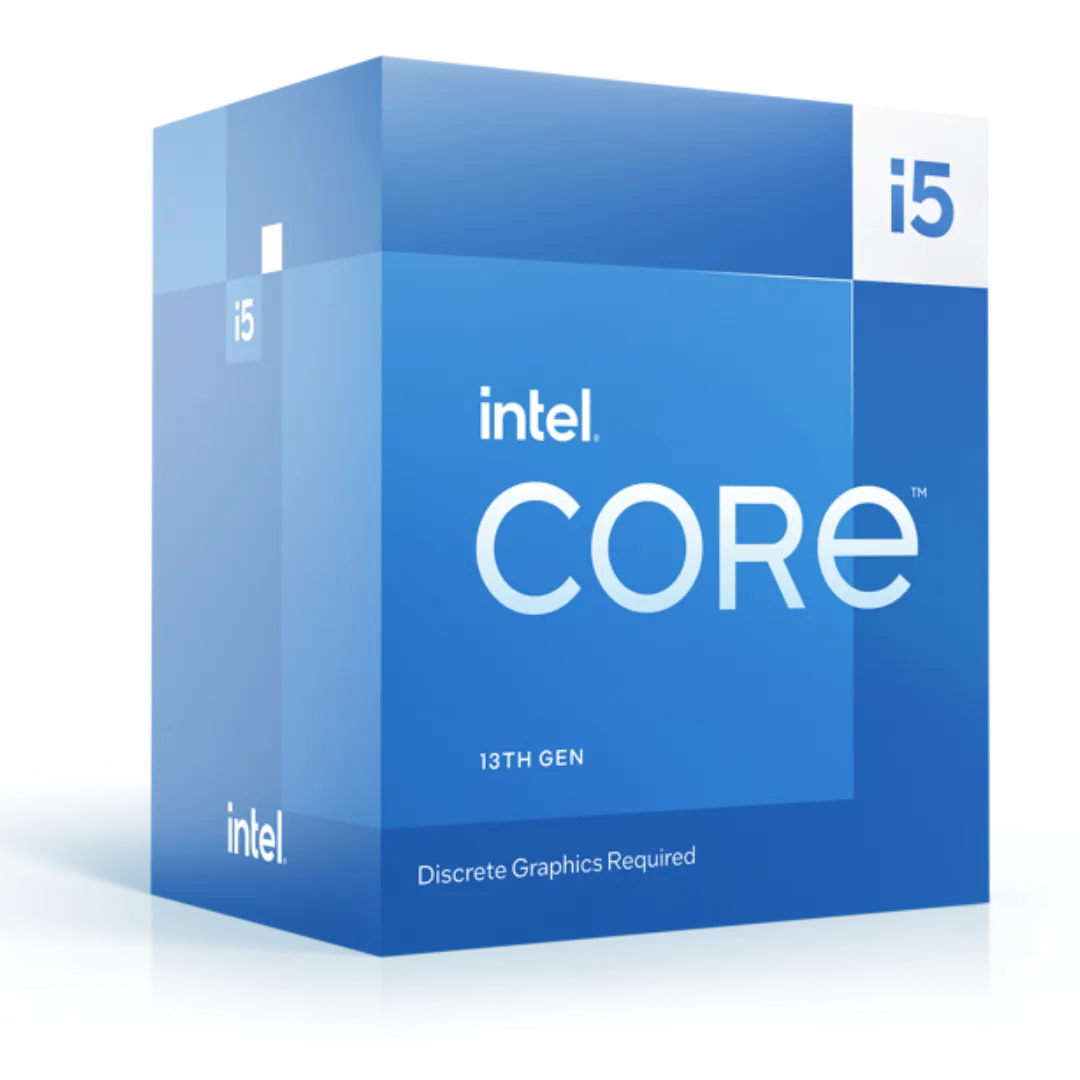
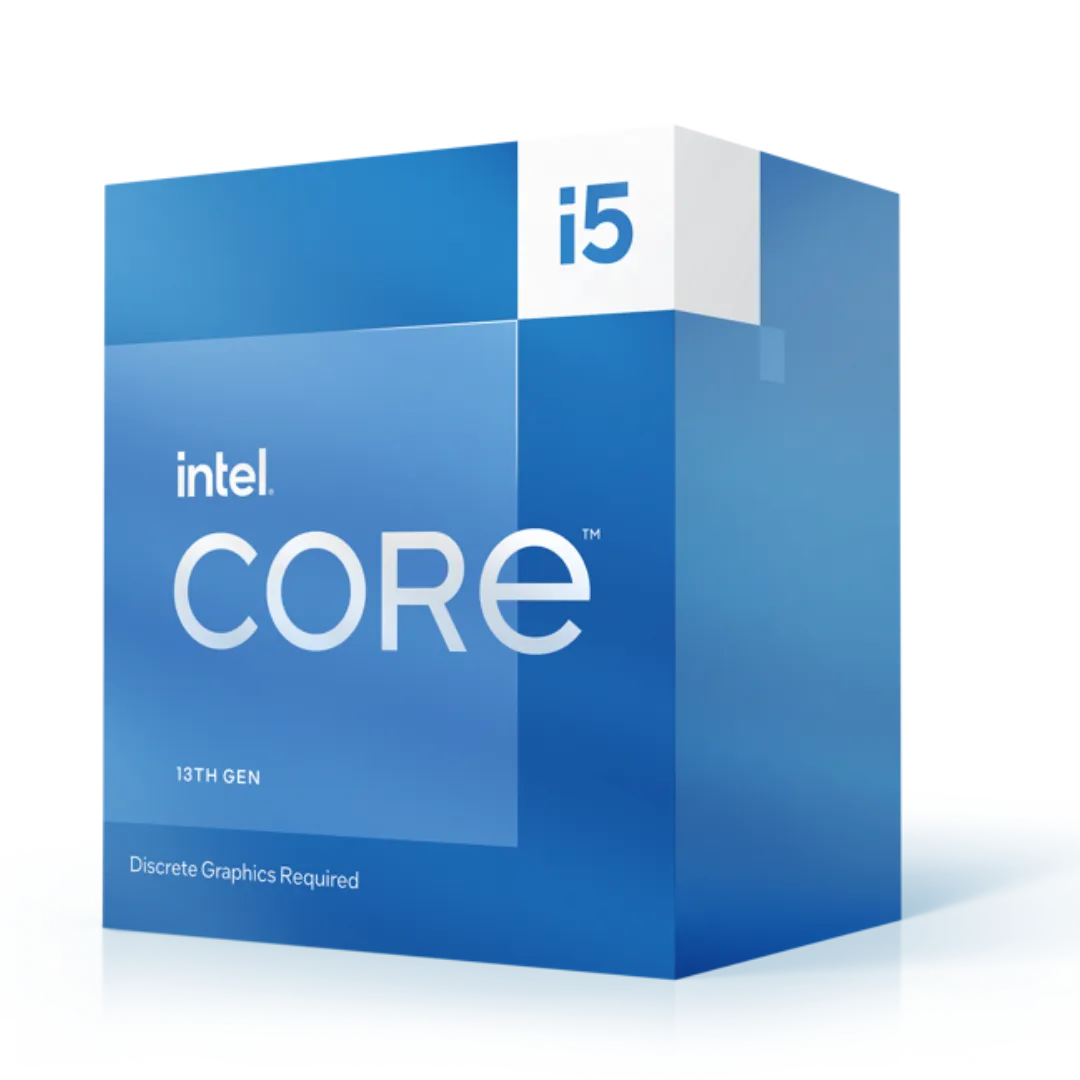
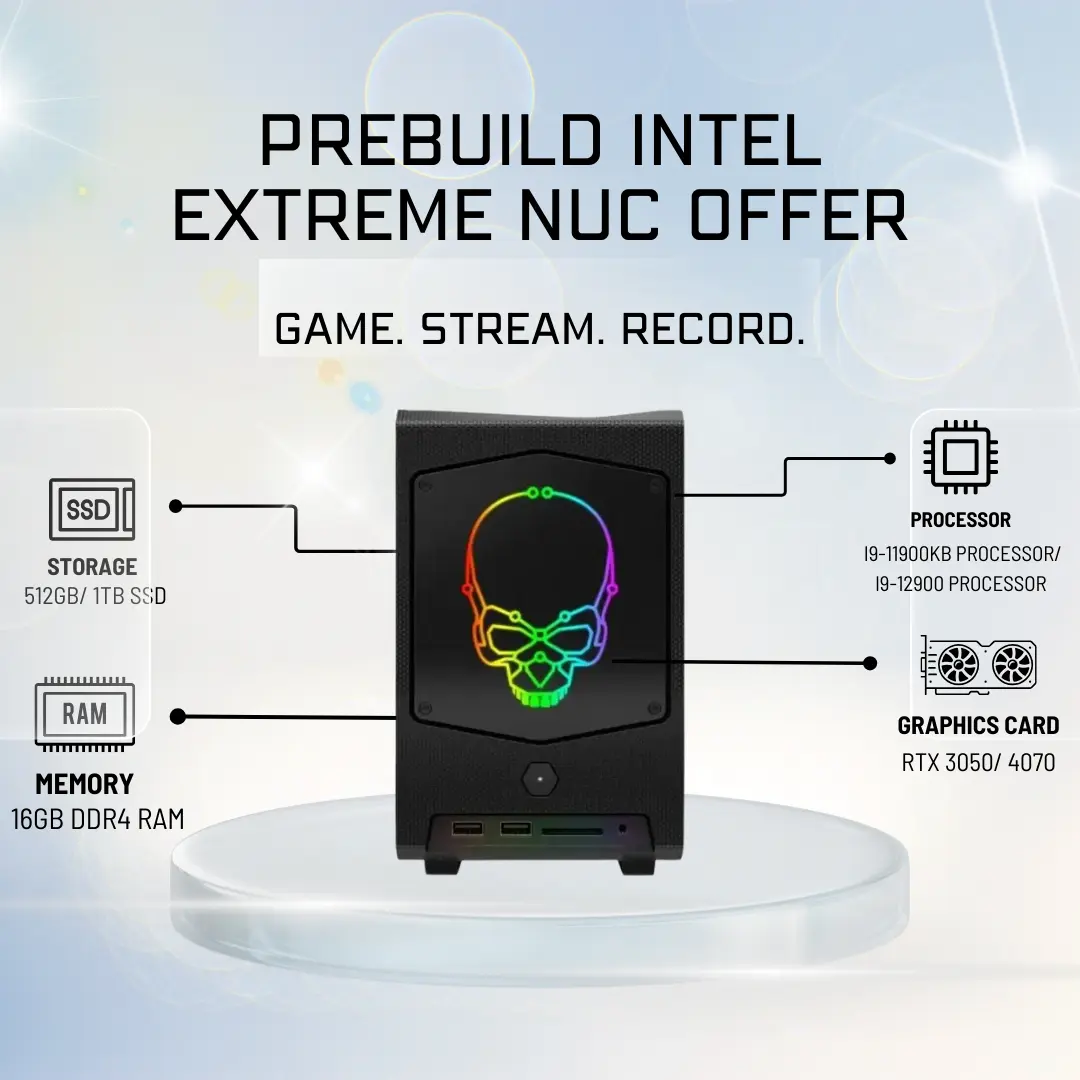
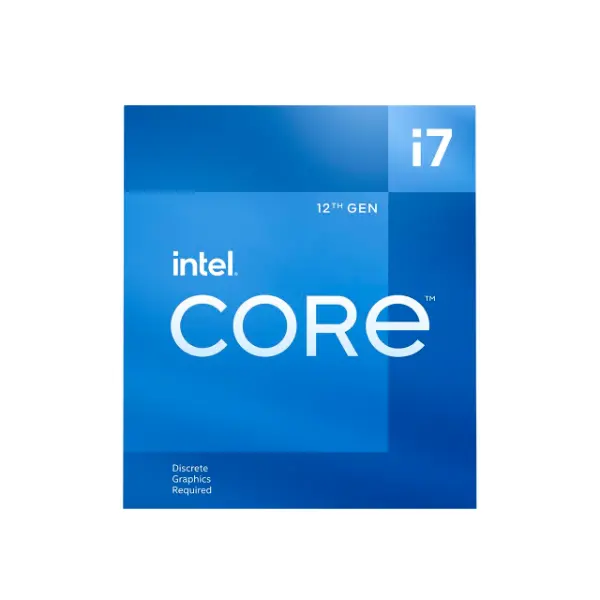
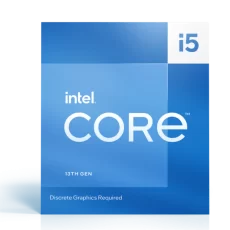
Reviews
There are no reviews yet.